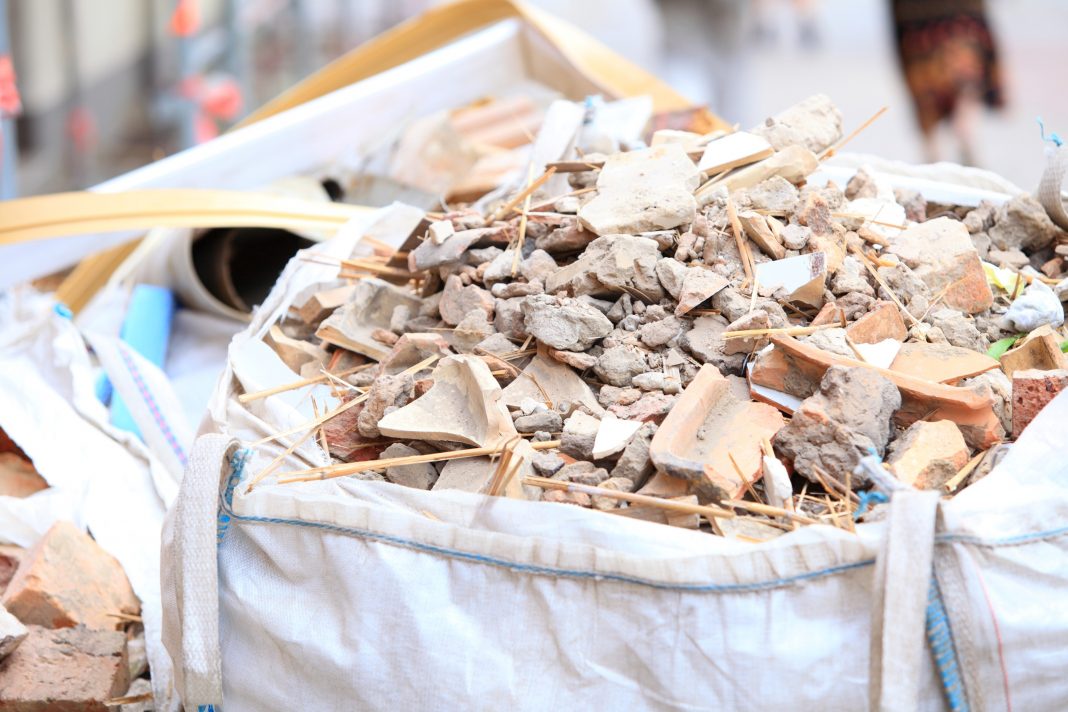The building industry produces a vast amount of construction waste. Premier Guarantee explores some of the waste in the construction industry and how it can be recycled and reused
There are many different building materials, most in massive quantities and this means there are plenty of opportunities for businesses in the sector to increase the amount of waste they reuse or recycle.
The benefits of construction waste recycling are widespread for both profits and the planet. It reduces disposal costs and carbon emissions and helps companies comply with environmental legislation and restrictions on what can be sent to landfill.
The following types of construction waste could all be incorporated into new building projects:
- Glass
- Plasterboard
- Plastics
- Wood
- Aggregates
- Paper
- Compost
- Rubber
- Cement replacement.
Bricks and Blocks
With a lifespan of more than 200 years, construction waste such as bricks and blocks have many uses. Undamaged they can be reused for new developments but even when damaged during unloading, cutting or storage they can be used in landscaping, to make aggregate or sports surfaces such as tennis courts, and to produce new bricks and blocks.
There are some limitations on using recycled bricks and blocks such as when they have been contaminated by other construction waste, such as plasterboard, and they can also be difficult and costly to clean.
Glass
Most glass waste in the construction industry is produced by demolition and refurbishment projects. Recovered glass can be reused in decorative materials, insulation and abrasives and as a fluxing agent in the manufacture of bricks and ceramics. The downside is glass extraction, recovery and transportation can be expensive.
Wood
Most types of timber can be recycled. Waste in the construction industry tends to be mostly from pallets and crates; beams, window and doorframes; doors and floorboards; fencing and panelling. Although most wood is reclaimable and recyclable and can be chipped for other uses apart from chipboard which contains too much glue, there is very low profitability and a limited marketplace.
Plastic
In the construction industry, plastic is mainly used in pipework, insulation, window frames, wall coverings and flooring. However, the main source of construction waste is packaging, over-ordering and cut-offs and site workers’ food packaging. A range of plastics can be recycled including polystyrene, PVC and polypropylene but there are barriers to recycling plastic, especially the related financial costs.
Premier Guarantee
Tel: 0800 107 8446
Twitter: @PG_Live














